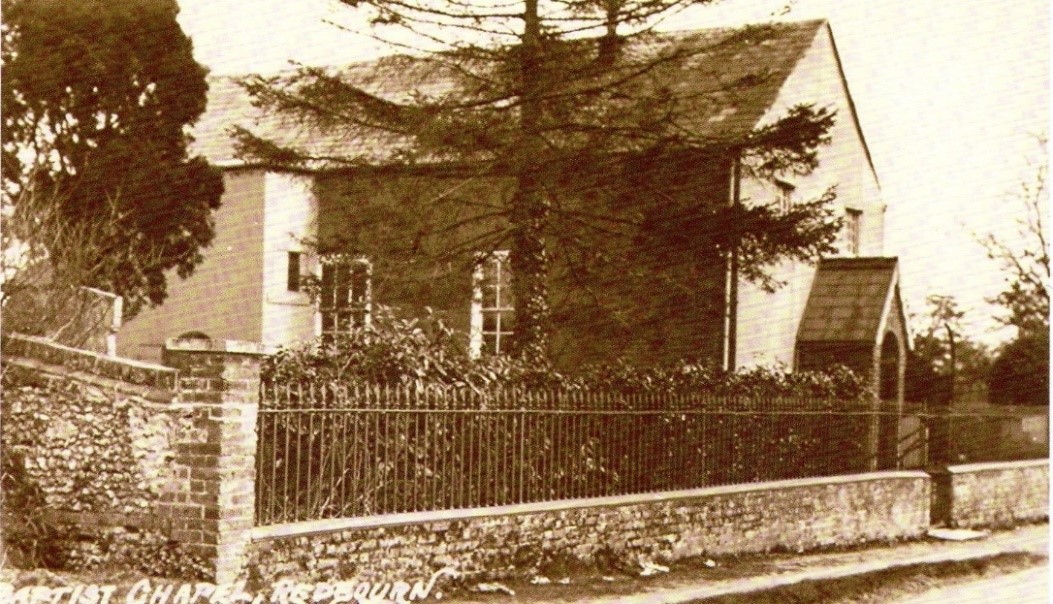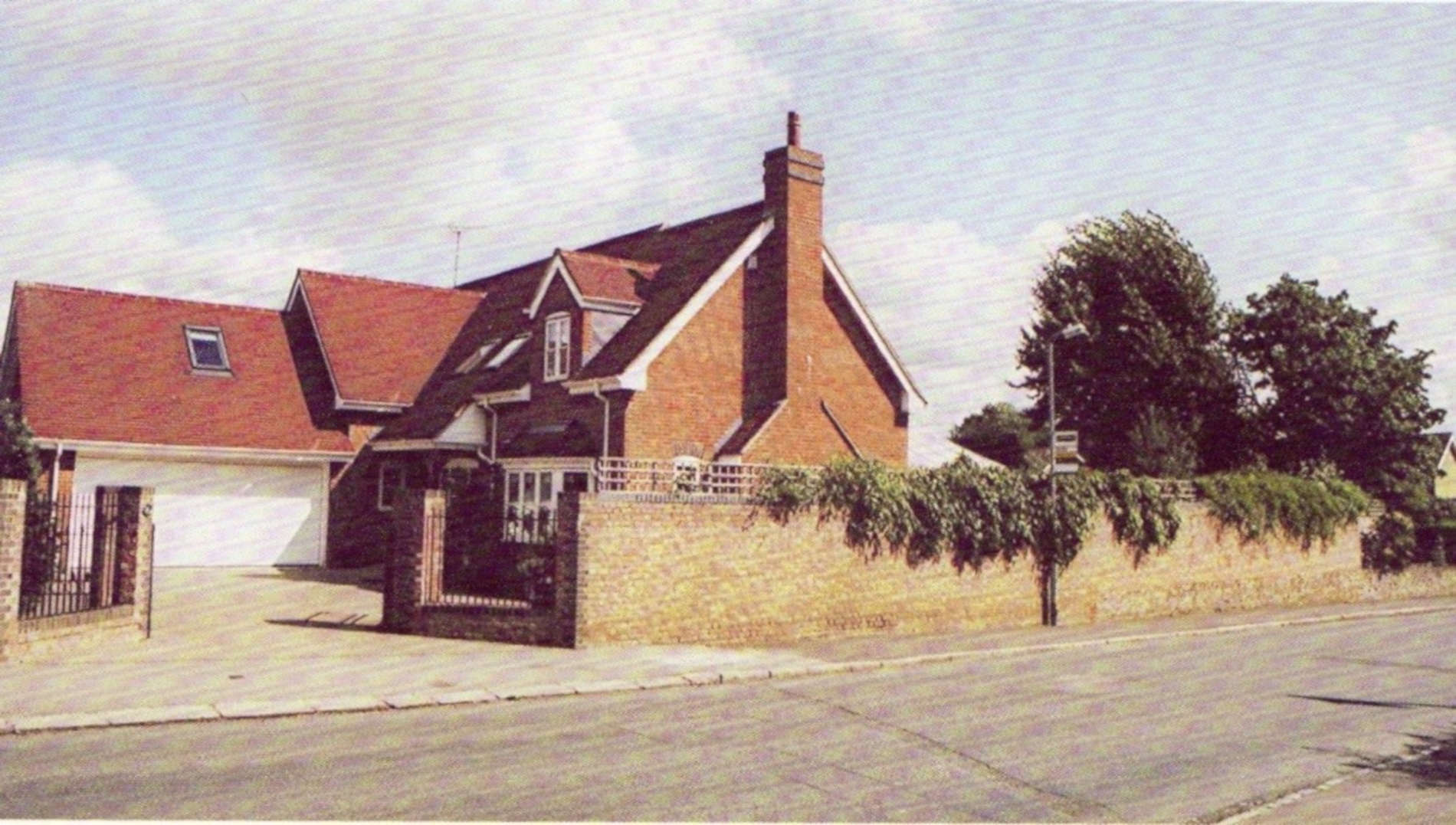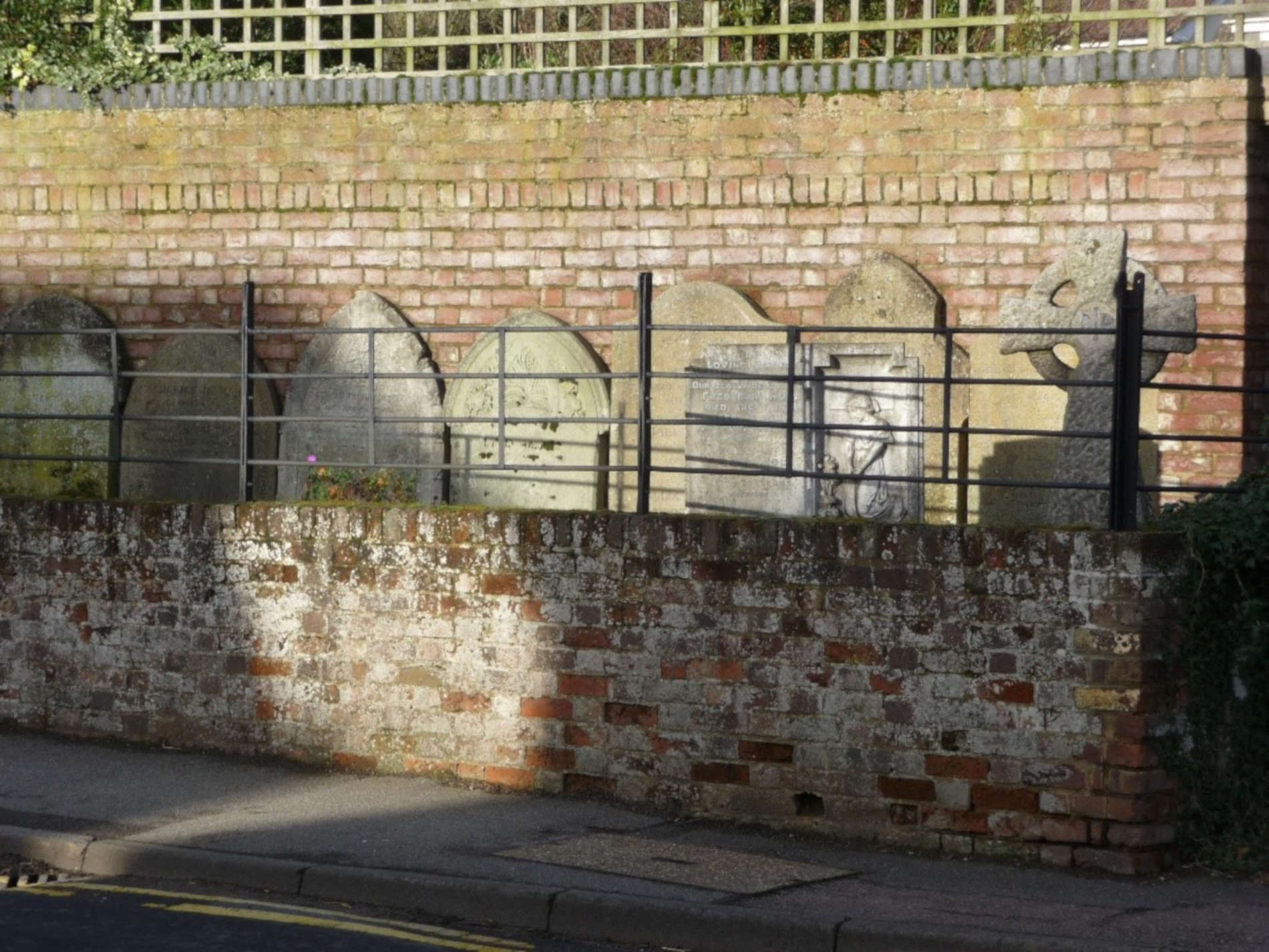Lybury Lane Baptist Chapel (Mount Zion)
This was originally a Baptist Chapel, with a graveyard beside it. It was built in 1835 and cost £330 to build on land donated by Edward Pratt, a worshipper who, along with others had decided that their religious views were no longer compatible with other worshippers at the Fish Street Chapel. There were problems in raising the amount of money required. This was believed to be due to the decline in trade of Redbourn’s coaching inns when the railway arrived covering the London to Birmingham route.

The pastor from the mid-19th century was Richard Figg, who by the village Diamond Jubilee celebrations in 1901 was the oldest man in the village at the age of 98! It took until 1869 to pay off the debt incurred for the building and then gas lighting was installed. It proved difficult to find a permanent pastor in the early years of the 20th century and increasingly there was pressure to clarify the actual terms of worship in Baptist churches.

After a period of discussion and the growing need to repair the church, it was decided that the congregation should return to the chapel in Fish Street which had become vacant after the library had moved. The chapel became a workshop specialising in the repair of organs and then early this century it was demolished and the plot used for the present house. However, some of the gravestones remain!

Siegrid Beck
I had a walk through Redbourn yesterday and discovered the gravestones. My question now is why the old gravestones were kept. Don’t get me wrong, I think it is a great idea but want to understand the reasons behind it. Thank you in advance.